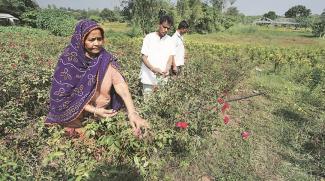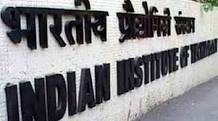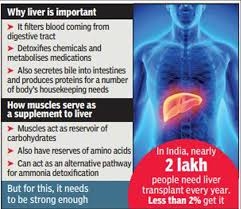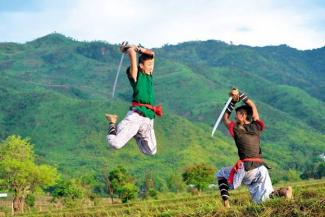
Young boys in tee shirts, shorts and chappals, their hands adorned with long floral garlands, are a sight one cannot miss on 31-km main road connecting Limkheda with Dahod. Their presence also marks the entry into Rozam, a village in Dahod district and taluka, where there are marigold fields of both sides of a hilly and nearly half of its residents are into flower cultivation.
Dahod district in east Gujarat, which borders Jhabua in Madhya Pradesh and Banswara in Rajasthan, has 74.3% Scheduled Tribes population as per the 2011 Census, the majority of them Bhils and Pateliyas.
At Kamboi, another small interior village in Dahod’s Limkheda taluka, Himsinh Parmar (48), shows off his less than one acre field blossoming with roses. He, too, not very long ago worked as a casual labourer in Gujarat’s cities for most part of the year and grew rainfed maize during the post-monsoon kharif season.
The area under flower cultivation in this predominantly adivasi district, having over 2 lakh hectares of cultivable land, has gone up from a mere 253 hectares in 2010-11, to 559 hectares in 2015-16 and 1,359 hectares in 2018-19.
In Vajelav village of Dahod’s Garbada taluka, an entire neighbourhood of 22 families has switched to floriculture.
Read more of this story of success in a report by Aishwarya Mohanty published in The Indian Express... (Link given below)










